2019 Graduates Preview: Central St Martins and Westminster
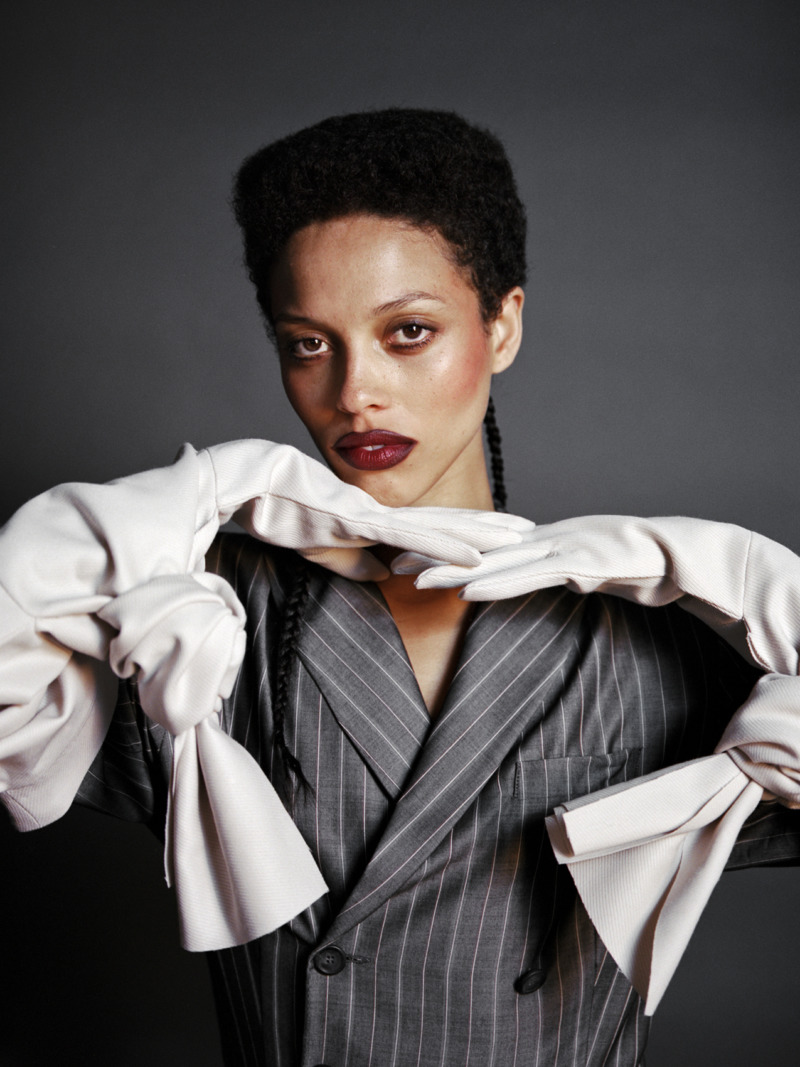
Until only a few years ago, and despite London’s reputation within the fashion industry and design education, many graduates struggled to find a platform to show off their creations outside of Graduate Fashion Week. Students and universities have had to find their own ways of adapting to the increasingly difficult challenges.
The University of Westminster now offers their students the opportunity to show their creations during London Fashion Week itself. “I have long believed that fashion education needs to provide our students with the most realistic and industry-ready educational experience.”, explains Andrew Groves, Head of Fashion, who was known for his own rather controversial collections during the late 90s. “By showing their collections in February rather than June, it enables our accomplished final year students to become truly part of the industry.”
Some students have taken it on themselves to promote their own work. In 2012, Olga Kuryshchuk, then a fashion & design student at Central Saint Martins, founded 1 Granary. Since then the student-run publication has offered a reputable space to highlight emerging talent. Besides releasing their biannual print magazine and updating the world with the daily fashion news online, 1 Granary is the originator of VOID, a yearly exhibition format that gives six newcomers a platform to share their vision.
We spoke to recent graduates from both universities to hear about their own influences, prospects, and hopes for the future.
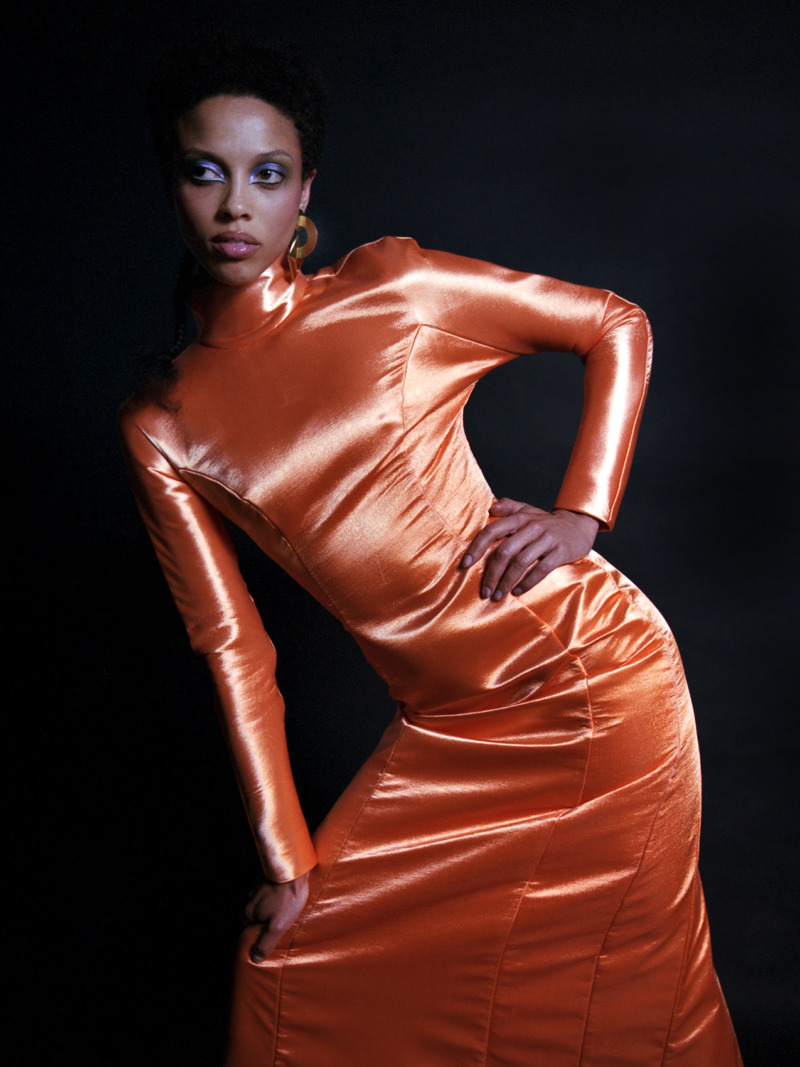
Constance Blackaller – MA Fashion, Central Saint Martins
You’ve mentioned the importance of muses on multiple occasions in a recent interview. Who were your muses for your MA collection?
Rather than focusing on the streetwear that has infiltrated the industry, I wanted to create a collection that was feminine, desirable and celebratory, just to then subvert it with the oddity and bizarreness of my reference to Tupperware. I was attracted by the hyper-femininity as well as wardrobes of icons such as Sophia Loren and Jackie Kennedy, and found inspiration in the silhouettes of 90s supermodels and Hitchcock’s heroines, in particular, Tippi Hedren and Kim Novak. There is an underlying ‘imperfection’ and sense of tragedy attached to those women, especially Kennedy and the Hitchcock stars. While they are pinnacles of style and sensuality, their life stories scratch their perfect facades, transforming them into loose, undone characters. This concept influenced the presence of form fitting and collapsed silhouettes, for example as a deconstructed drape, dragging haphazardly along the floor or an oversized graphic structure that’s deflated in organdie.
Besides your work as a designer, you’ve made a name for yourself as an illustrator. How do your illustrations relate to your fashion sketches and designs?
Drawing is an integral part of my design process. I draw very quickly which makes drawing a brilliant and instant way of realising multiple ideas. My design sketches are both illustrative and technical which helps me to envisage an overall mood through the figure’s pose and attitude. They’re descriptive at the same time which then helps me to understand a design.
What’s next?
I still see so much potential for development in my work. I’m very excited about references and have so many unused ideas that I’d like to pursue in the form of a second collection, was I given the financial support. For now, I’m keen to put my technical knowledge into practice in the work environment. One of my ultimate ambition is definitely to develop my pattern cutting and perfection my draping skills.
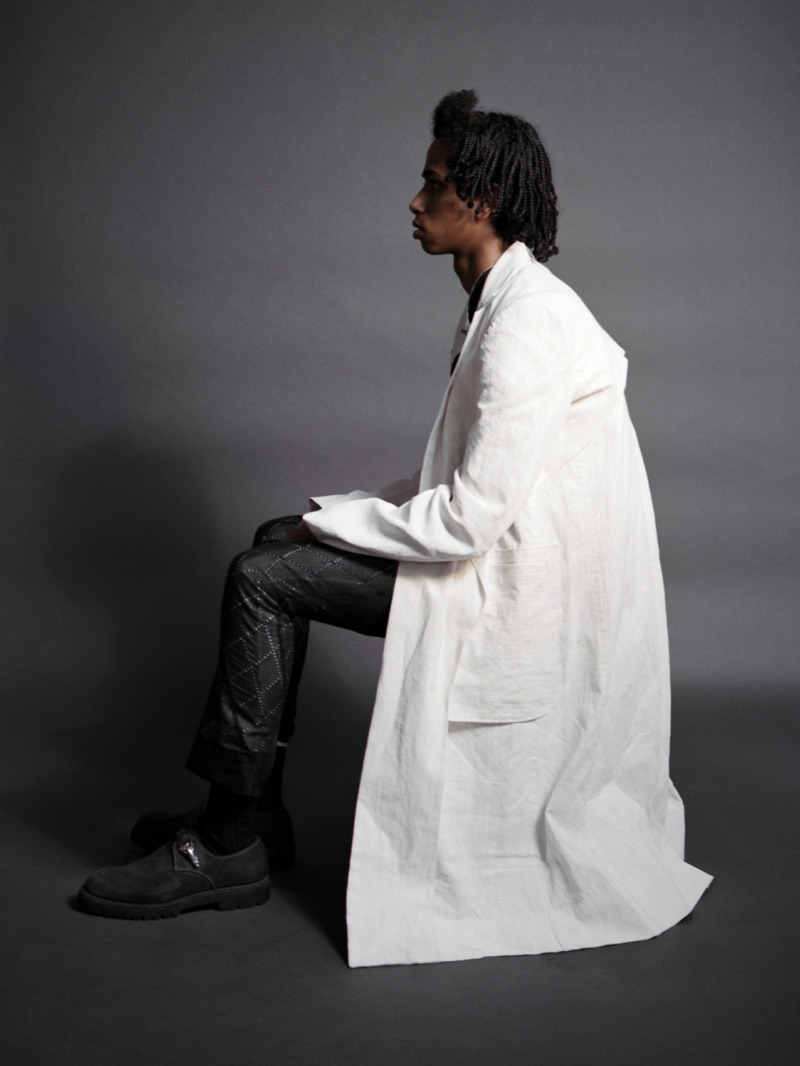
James Harjette – BA Fashion Design, University of Westminster
You’ve previously interned with, amongst others, Tom Ford, Haider Ackermann and Matthew Miller. How did the internships influence your work as an up-and-coming menswear designer?
All the people I’ve worked with during those internships have been really supportive and generous in terms of sharing their expertise with me. Each internship has taught me a lot not only about menswear but also about how to work as part of a team while being constraint by budget, time or house design codes. Seeing the expansive possibilities within menswear has really shown me that I’ve only scratched the surface of developing my own language as a designer. One of the most important lessons I took away from interning is that you have to be really passionate about your work. Also, I’m very grateful for all the fabric that the Haider Ackermann team has given me upon leaving – I don’t know what I would’ve done without it when it came to my graduate collection!
You’re known for experimenting with reversing clothes and incorporating vintage finds in your own designs. What does your design process look like in relation to those techniques?
Exploring the way things have and can be made has always been the starting point of my design process. For my collection, I was very focused on further exploring the development of textiles and using those to give my tailoring a newer feel that would make it desirable for a slightly younger audience. I’ve always liked the idea of reworking real vintage pieces, but working within the confines of a pre-existing object without making it look like Greg Lauren (who’s work I like but wouldn’t want to emulate) can be very limiting.
What’s next?
I’m currently doing some freelance work for Tom Ford, but will hopefully get a full-time design role somewhere after my graduation. Even though part of me would love to work on my own designs, I think that for now, I’d still rather take on a job at an established house that I admire, have a stable income and continue my learning process surrounded by knowledgeable and passionate people.
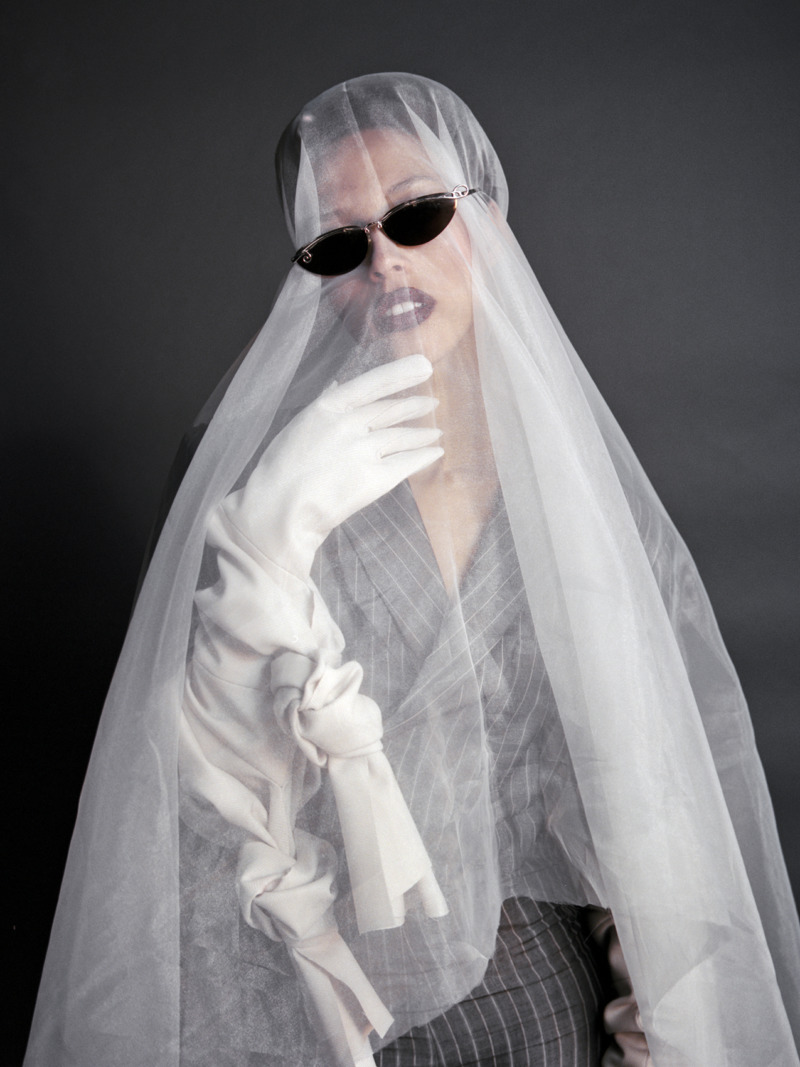
Linda Zhuang – BA Fashion Design, University of Westminster
Your graduate collection is a mix of traditional menswear tailoring and the Lolita subculture. What methods did you use to mark the strong contrast between those influences?
The point of my collection was to question the gender connotations of different garments. I believe that the rather unconventional fabric choices underlined the differences between my two main sources of influence. My collection is made of garments that have traditionally masculine identities but are subverted by soft, delicate and feminine fabrics, as I wanted to challenge the heritage of traditional menswear fabrics by combining them with playful and dramatic silhouettes.
You’ve mentioned that you were strongly influenced by the phenomenon of changing identities, and your personal experience of growing up in New Jersey. What did your research process look like in regards to this?
My graduate collection was a personal statement that’s based on my experience with identity – especially regarding race, gender and appearance – and its relationship with dress. The inspiration came mainly from items that were part of my wardrobe at different stages of my life and their significance when it comes down to the identity I incorporated while wearing them.
What’s next?
I’m just taking things as they come. Generally, I’d like to work for a few years before continuing my education in fashion. I feel like I still have so much to learn, so that’ll be my priority for now.
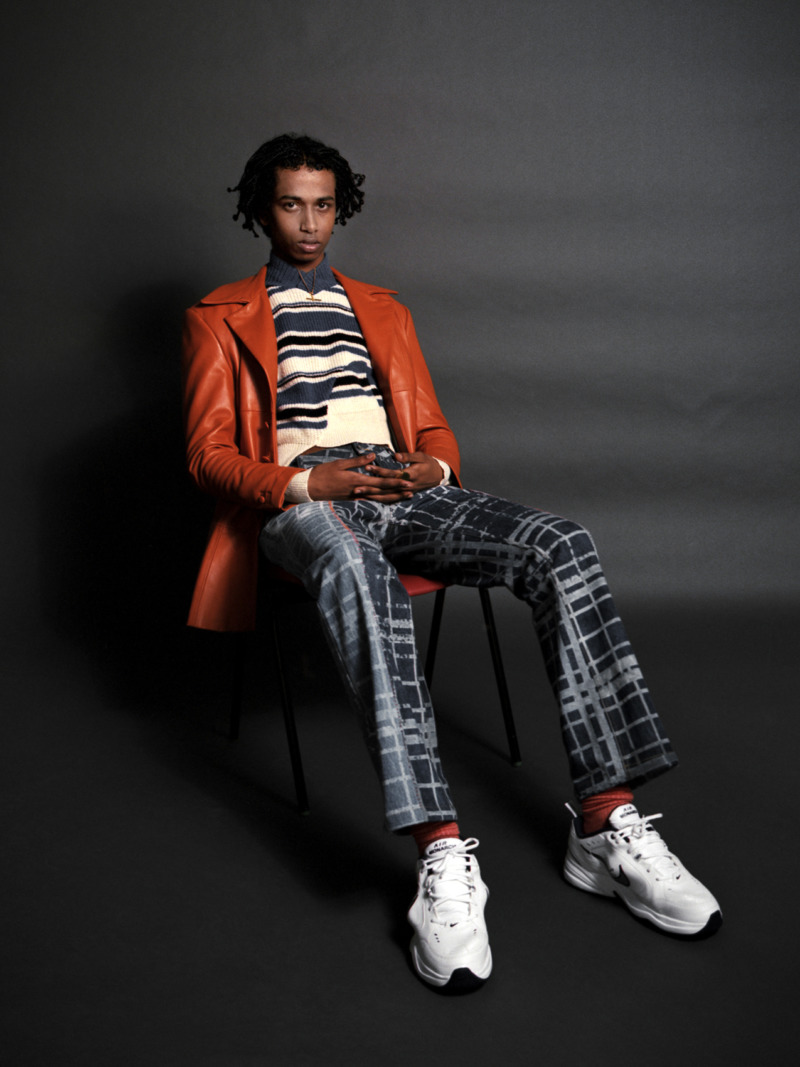
Anna McKernan, BA Fashion Design, University of Westminster
Your graduate collection is an interesting, vibrant mix between British youth rebellion and your own Indian heritage. Could you tell us about any male muses that may have influenced this union?
The likes of Bob Marley, Johnny Rotten, and Lee Scratch Perry as well as my grandad. I would probably say my grandad was sort of a rebel, he had a super strict upbringing as you can imagine in India in the ’30s but when he moved to the UK he definitely stopped giving a shit about any rules. I guess his rebellion played a factor in my collection. Bob Marley, Don Letts and The Clash symbolise the link between reggae and punk, the genres were both mutual outcasts during the ’70s and I definitely saw them as muses. Bob Marley especially, he became inspired by the passion and rebellion of punks.
From a design point of view, how did you bring these two cultures together?
I took the vibrant textures, colours and prints from India and applied that to 70’s punk and reggae. In terms of silhouette, I bought a bunch of garments from charity shops and incorporated my research. But I would say most of my inspiration was taken from imagery of my family when they first moved over to Britain from India in the ’50s, I have these great images of men wearing oversized suits which definitely influenced my tailoring pieces. I knew that bringing these two cultures together was always going to be odd, I wanted to create something personal but that would also reflect on the social rebellion during the ’70s. This was also shown through my disjointed knitwear, inspired by knitwear worn by Johnny Rotten and Bob Marley.
What do you think is missing from menswear currently? In what direction would you like to see it go?
Knitwear, I really love it and I’d like to see more of it. I’ve always stolen my dad’s jumpers over the years and maybe the reason I love it is because I find it so comforting. I really learnt a lot about knitwear this year and it’s crazy how much you can do with it. I think more designers should explore that, at the moment I really like what Stefan Cooke’s doing with his knitwear. I’d also like to see more young, new and exciting designers exploring further with prints and fabrication. I’ve always enjoyed drawing and painting so I’d love to see more of hands-on experimentation with fabrics, and this is why I explored a lot with hand techniques through all my denim.
What’s next?
Dreaming about making more knitwear! I honestly don’t know at this moment, hopefully designing or maybe printing but who knows where! I’m excited.
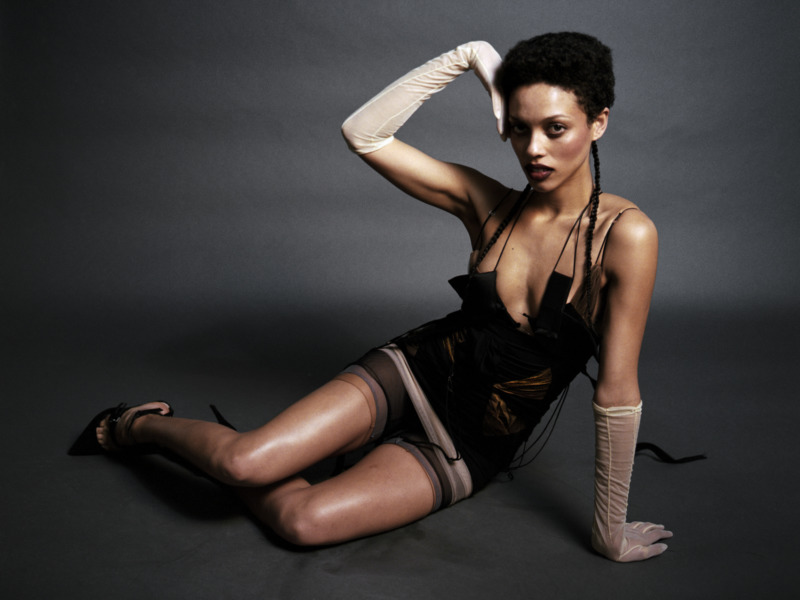
Nensi Dojaka – Central Saint Martins, MA
How do your Albanian roots inspire your work as a designer?
My roots are more of a subconscious than a direct influence, as I never researched into my background in order to find inspiration. Albania is constantly evolving and people are looking to find their voice and style in that ever-changing climate. They’re unreserved and confident in their endeavours which is strongly reflected in their style. Albanians are also known for being industrious and good entrepreneurs, so I hope I have a similar dexterity in my attitude and in my work.
You’ve previously mentioned that the goal of your work is to “encapsulate the essence of female nature”. Can you elaborate on what that essence looks like in your opinion?
I don’t see myself in the position to dictate what the “essence of female nature” should and shouldn’t be. Instead, I strongly believe that female nature is whatever a person wants to interpret it as. That sort of freedom is what makes us unique and beautiful to begin with.
My collection draws on the interpretation that women’s essence is a mix of sensuality, emotions and ‘aggression’ all at once. I tried to convey that combination of the daring with the romantic and pure, raw, naked emotions through the juxtaposition of different fabrics, techniques and panels.
What’s next?
I want to further develop my style, and master what I’m good at and what separates me from other designers, all while continuing to experiment with fabrics and techniques. I’m also planning on continuing to work on my own brand and show my own collections, starting with SS20.
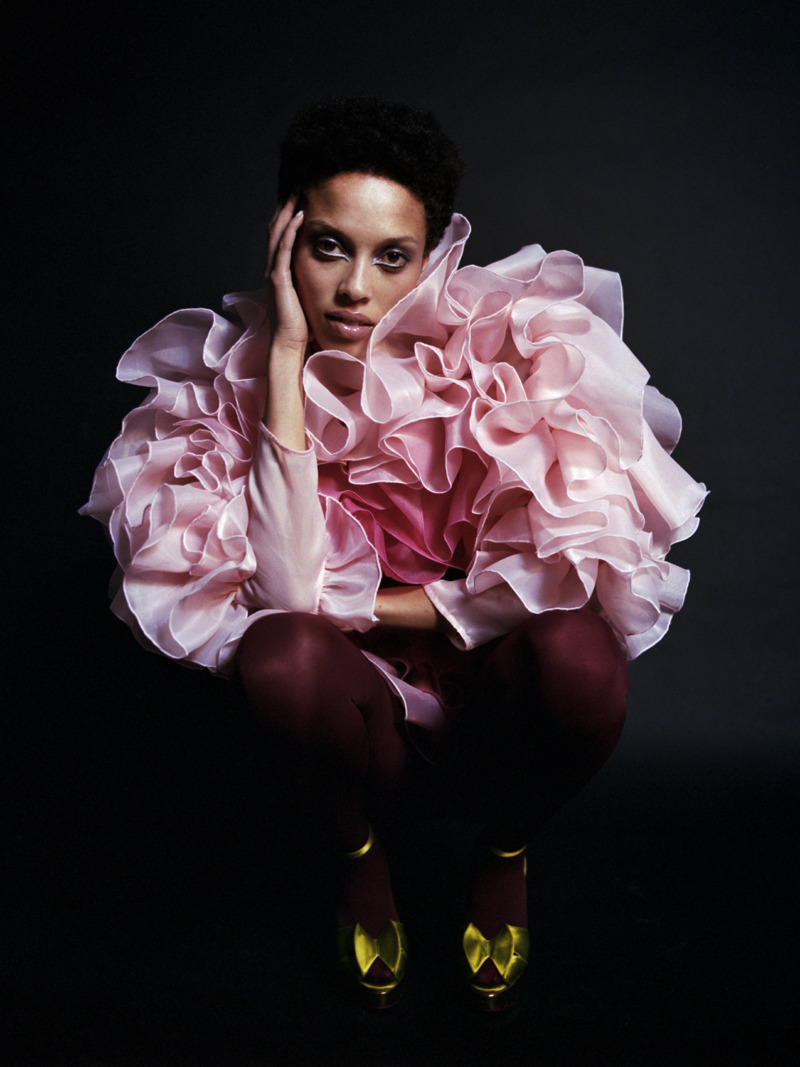
Bruna Ignatowska – BA Fashion Design, University of Westminster
One of your main sources of inspiration was the British movie The Tales of Hoffmann that first premiered in 1951. How did this eponymous adaptation of Jacques Offenbach’s opera influence your final pieces?
When I found The Tales of Hoffmann during my initial research, it really felt like an epiphany. The movie perfectly embodies the mood I wanted to convey through my collection – it’s a mix of surrealism, avant-garde and a certain sense of humour when it comes to love (or more like failed love stories). The whimsicality and the colour palette of the opera were two of the main influences on my collection.
All the used materials reflect the lightness, love and beauty that formed the baseline for your graduate collection. What was the criteria you chose your textiles by?
Textiles are a very important step during my creative process. The goal was that the contrast between that sort of femininity and the elsewise rather ‘manly’ designs that are on-trend nowadays would make people question fashion and even my personal fashion taste. Throughout Western history, women have often been pushed aside – they were considered too weak, too delicate for reality. I wanted to depict that delicacy which always felt more like a burden than a compliment to me, and takes it to extremes. In order to do so, I decided to experiment mainly with silks and organza since they’re the most likely to be seen as symbols of the old-fashioned and fake notion of femininity.
What’s next?
It is difficult to make plans in an industry that’s as unpredictable as fashion. For now, I’d love to have a studio job and work on commissions for performance artists and musicians rather than launch an own brand, as I like the idea of creating one-off pieces for collaborative projects.
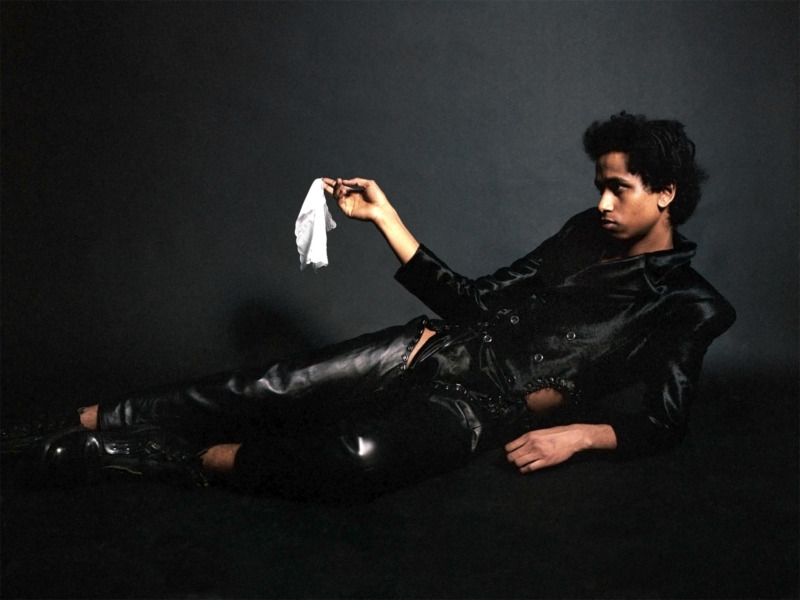
Eduardo Wever Vegas – BA Fashion Design, University of Westminster
For your graduate collection, you presented an alternative male figure, who isn’t afraid of wearing extremely high-waisted harem pants or suits with cut-outs in rather erogenous areas. What’s your vision of modern menswear?
I feel like a lot of men are too shy to actually try and wear things that are outside of their comfort zone, which can take out a lot of fun for menswear designers. I’d love to see men dress in a more personal way and reflect how they feel or how they want to be perceived in their way of dressing instead of underlying society’s expectations. The man I’m designing for is somebody who isn’t afraid to openly show how he feels.
What was the biggest challenge when putting together this collection?
It was the first time I put together a physical six-look collection. I had to be realistic about what I could accomplish in the short period of time I had, so that sort of constraint was new to me. Money was definitely another concern. We all love beautiful fabrics but some wools can be 100 pounds and upwards per meter!
What’s next?
Pre-collection. Graduation. Deportation.
All puns aside, I’m finally graduating. After that, I’ll probably have to move back to the States. My main focus for now is to find a job that also allows me to further develop my skills.
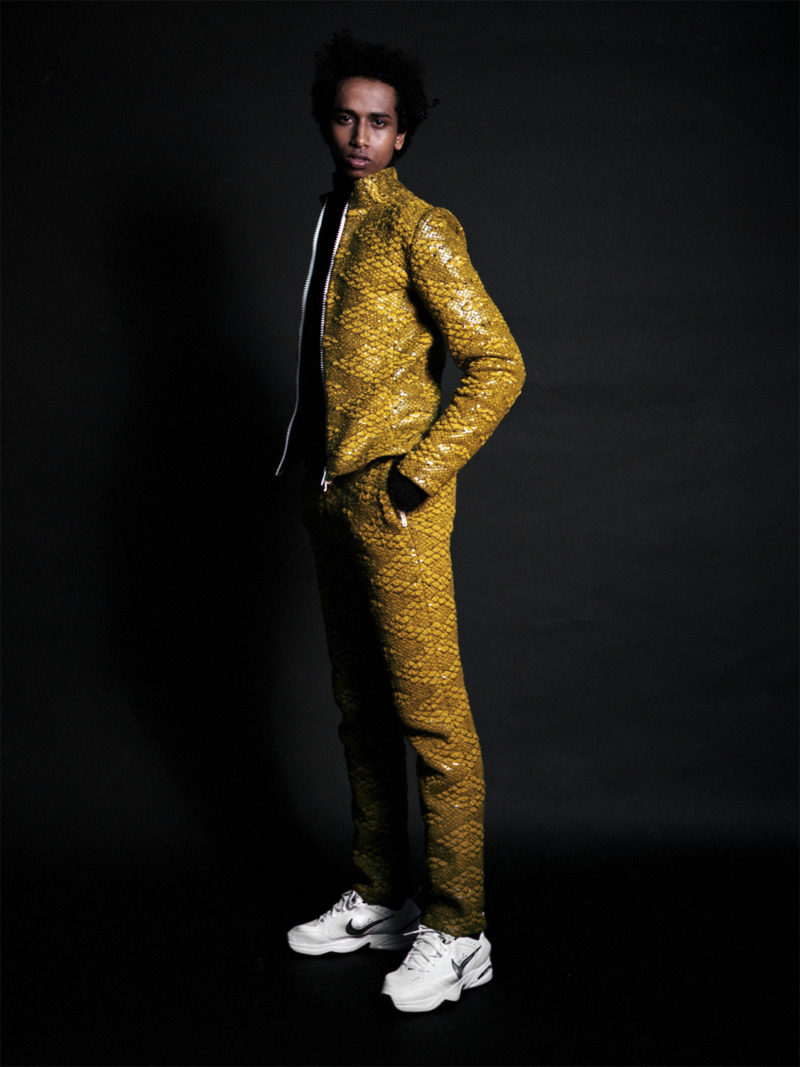
Min Kim – Central Saint Martins, MA
What is the most valuable thing you’ve learned from your time at CSM?
I think it was decision making and time management. When things don’t go as I plan or imagine it takes a long time to get out of the dilemma. However, on the MA course, there isn’t much time waiting for you. Everything just happens in a blink and sometimes you just have to make a decision instinctively.
Are there any male muses that inspire your work?
I am a big fan of the ’80s. I started getting interested in fashion by looking at my parents pictures in the Asian economic bubble period. They were surprisingly glamorous with all the leathers, furs, and lots of bold jewels – I love that.
In your CSM MA AW19 collction we saw knitted suits that imitated reptile skins. Could you talk us through initial thought and processes when designing this collection?
I started looking at Asian mafia and what they used to wear back in the late ’80s to mid ’90s, such as exotic skins, ethnic patterns, and lots of colours. It was much more flamboyant, bold and feminine than menswear is nowadays and I wanted to bring those elements to my collection. As a designer I am always interested in making textiles that gives you a bit of an excitement. My skills and experiments I was developing on my BA here helped me a lot to get to the point, so that I could make my work much more believable.
Knitwear seems to be having a moment in fashion right now. How do you view the future of textiles in menswear?
As much as I agree that knitwear is gaining more attention and I am happy to see more potential in this field as a knitwear designer, I still think many brands treat knitwear pieces as a styling tool and they keep it commercial because they are what sells the most in apparel design. Knitwear is something that continues to advance along with technical innovation. I hope knitwear becomes more fun and exciting that pushes the boundaries of what we’ve known it to be.
Going forward, what’s next for you?
I am looking for a job but also I am working on a small project for myself to keep things going.
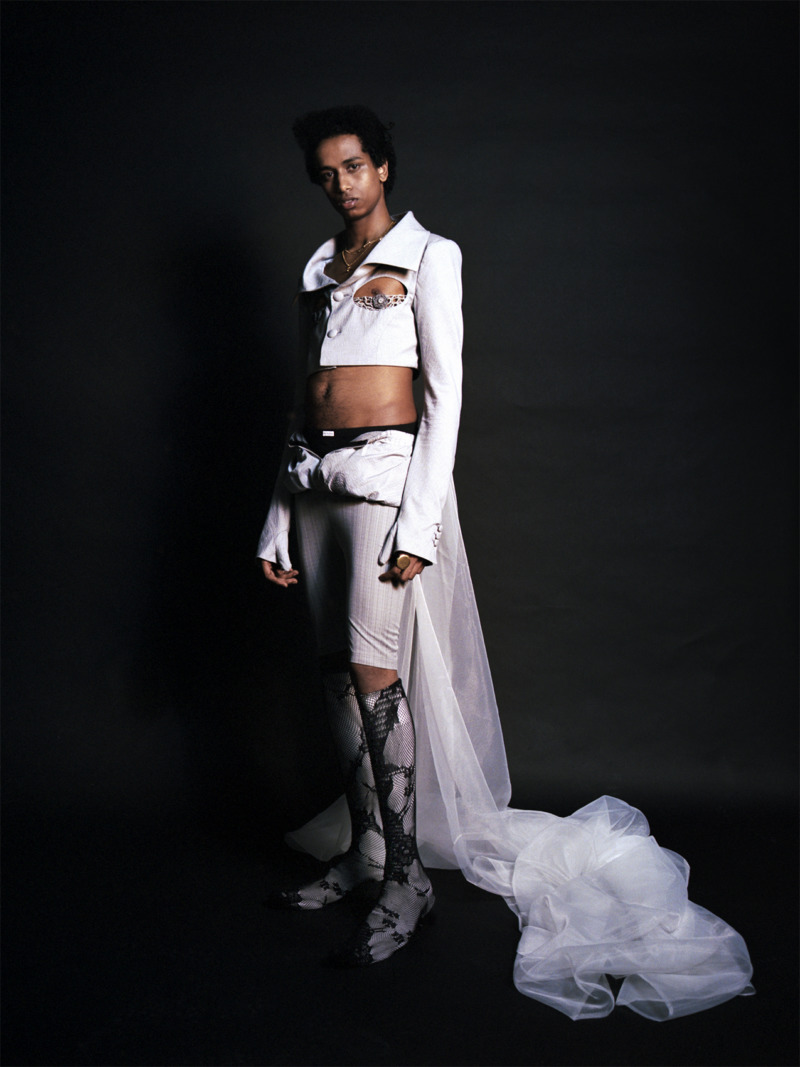
Marvin Desroc – Central Saint Martins, MA
Martinique-born, Paris-raised. What was it about London that drew you in so much?
When I was 18, I came to London for 6 months and decided to stay. Up until this day, I believe that it was the best decision I’ve ever made! London gives me a sense of freedom that no other city could give me before. I definitely needed that mix of freedom and new challenges in order to discover who I am as a person and as a designer.
Your MA collection is an interesting mix of structured menswear and delicate lace pieces. What was your thought process and initial research behind the collection?
My starting point was to portray my experience of growing up: the idea of limbo. I always felt caught between blackness and whiteness, masculinity and femininity. I wanted to express that duality of personality through this collection while tackling some issues that I find important to address within that ‘masculine’ spectrum. My research started with an act of undressing. I wanted to focus on sexuality but in a more intellectual way. Undress to address, as I like to call it. From there, I moved on to experiment with ’50s lingerie and crossed over to Hip Hop sagging and co.
What’s next?
Learn and create – you certainly haven’t seen the last of me.
Photographer: Ed Phillips
Stylist: Shirley Amartey
Assistant: Anna Yeung
Hair Asahi Sato
Grooming: Tamayo Yamamoto @ coffin-inc
